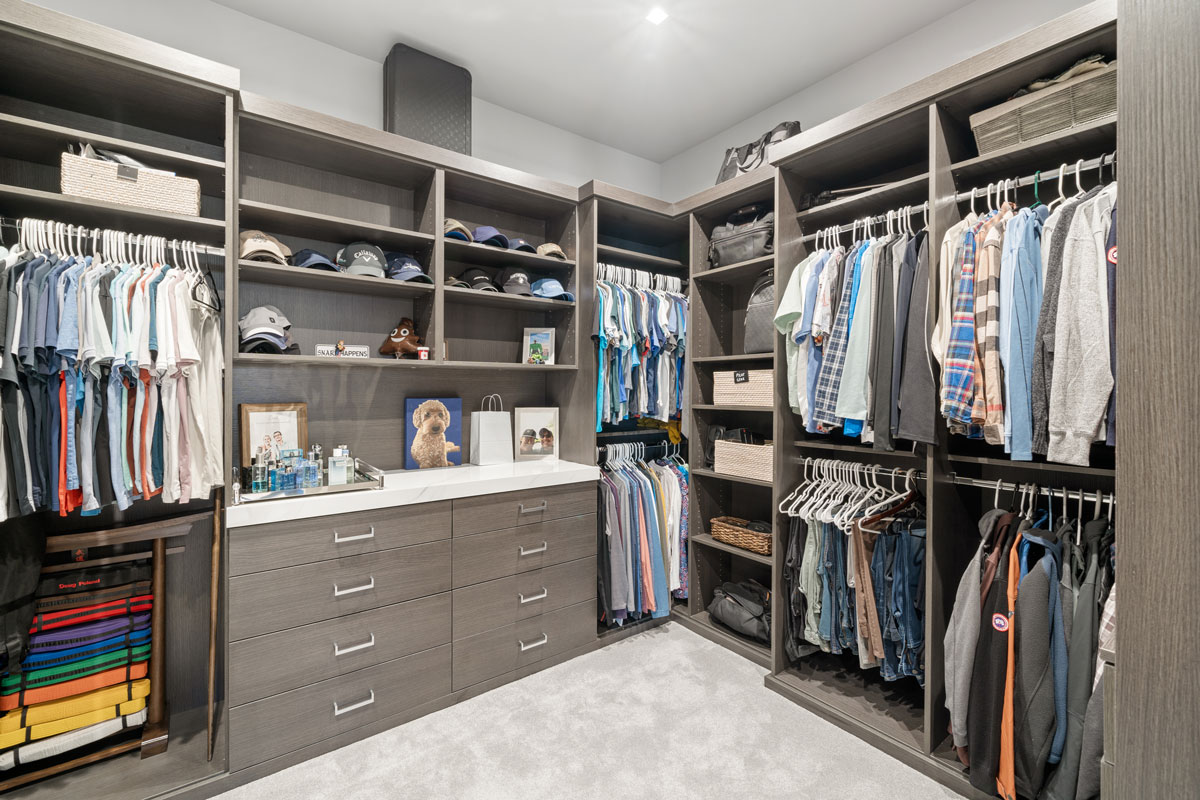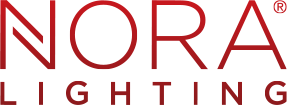What are Closet Ratings?

Lighting Up Your Closet: Understanding Closet Ratings for LED Luminaires
The lighting in your closet may not be the first thing that comes to mind when designing your home, but it plays a significant role in making your daily routine more efficient and enjoyable. When it comes to selective LED luminaires for your closet, understanding closet ratings is essential to ensure safety, functionality, and the right aesthetic appeal.
When it comes to designing and installing luminaires in closets and small storage spaces, the National Electrical Code (NEC) provides specific guidelines to ensure safety and functionality. Whether you’re using surface-mounted or recessed LED luminaires, it’s essential to comply with NEC requirements to prevent potential hazards and maintain an efficient lighting system. In this article, we will explore NEC 410.16 requirements for closets and small storage spaces.
Why Do Closets and Storage Spaces Need Special Lighting Considerations?
Closets and small storage spaces are often overlooked when it comes to electrical installations. However, providing proper lighting in these areas is essential for various reasons:
- Safety – insufficient lighting can lead to accidents, as occupants may struggle to find items or navigate within the space. Inadequate lighting can also create trip hazards and increase the risk of fires.
- Accessibility – A well-lit closet or storage space makes it easier to find and access stored items, preventing frustration and damage to belongings.
- Code Compliance– the NEC guidelines are designed to ensure that luminaires used in these spaces are safe, given the potential for proximity to combustible materials. Many building codes and regulations have specific requirements for closet lighting. Compliance with these codes is essential to ensure the safety and habitability of a building.
NEC Requirements for Closet and Small Storage Space Lighting
Luminaire Type: The NEC code permits surface-mounted or recessed incandescent or LED luminaires with completely enclosed light sources in clothes closets.
Usable Storage Space: The NEC code defines the usable space within clothes closets to be used for storage as follows:
The clothes closet storage space shall be the volume bounded by the sides and back closet walls and planes extending from the closet floor vertically to a height of 1.8m (6 ft) or to the highest clothes-hanging rod and parallel to the walls at a horizontal distance of 600mm (24 in.) from the sides and back of the closet walls, respectively. The volume extends vertically to the closet ceiling parallel to the walls at a horizontal distance of 300mm (12 in.) or the width of the shelf, whichever is greater. For a closet that permits access to both sides of a hanging rod, the clothes closet storage space includes the volume below the highest rod extending 300mm (12 in.) on either side of the rod on a plane horizontal to the floor extending the entire length of the rod.

Luminaire Location: Per NEC 410.16, minimum clearances between the luminaires installed in clothes closets and the nearest point of a clothes closet storage space is as follows:
- 300mm (12 in.) for surface-mounted incandescent or LED luminaires with a completely enclosed light source installed on the wall above the door or on the ceiling.
- 150mm (6 in.) for recessed incandescent or LED luminaires with a completely enclosed light source installed in the wall or ceiling.
Bulb types: When selecting LED bulbs, make sure they are the correct type and wattage for the fixture. LED bulbs are more energy-efficient and generate less heat than incandescent bulbs, which can help reduce fire risks.
Wiring: Wiring methods must comply with NEC requirements. This includes using approved wiring materials and methods to prevent overheating and fire hazards. Wiring should also be enclosed in a raceway or protected by a barrier.
Accessible Switches: Closets and storage spaces should be equipped with an accessible switch located near the entrance for ease of use. This ensures that occupants can turn the light on or off safely.
Luminaire Labeling: luminaires designed for use in closets should be labeled accordingly, indicating their suitability for this purpose. This makes it easier for electricians and inspectors to identify compliant luminaries.
Combustible Materials: Closets and small storage spaces often contain combustible materials, such as clothing, linens, and paper. Luminaires installed in these spaces must be rated to avoid igniting such materials. LED luminaires are an excellent choice due to their lower heat generation.
Proper lighting in closets and small storage spaces is more than just a matter of convenience; it is a critical safety concern. The NEC provides clear guidelines to ensure that luminaires used in these areas meet safety standards and minimize potential hazards. When considering lighting for closets and small storage spaces, remember to choose suitable surface-mounted or recessed LED luminaires and follow the NEC requirements to maintain a safe and functional lighting system. By adhering to these guidelines, you can create a well-lit and secure environment for all occupants. By understanding the specific requirements for closet lighting, you can choose the right LED luminaires that enhance your daily routine and help you safely keep your belongings organized.

